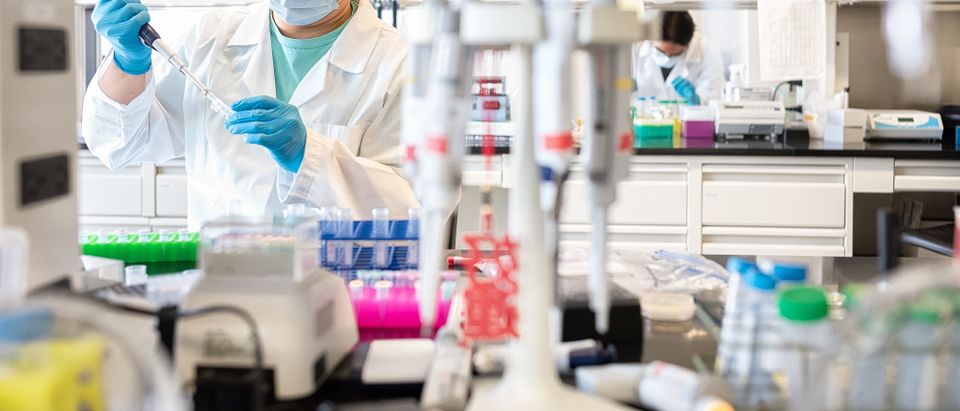Stanford University research teams released data Friday from the nation’s first widespread community test for COVID-19 antibodies, and the results show the virus’s spread could be far wider than previously believed.
The study, conducted by two research teams who tested 3,300 Santa Clara County, California volunteers, “found that 2.5 to 4.2% of those tested were positive for antibodies — a number suggesting a far higher past infection rate than the official count,” ABC News reported.
The @stanford antibody testing is out – it estimates ~3% of people in Santa Clara County (CA) have been infected and recovered, 50-plus times the estimate of confirmed active cases. More evidence #SARSCoV2 is far more widespread and thus less dangerous than expected. pic.twitter.com/wWw7M6RXfM
— Alex Berenson (@AlexBerenson) April 17, 2020
In the county of almost 2 million people, researchers believe the virus could have infected between 48,000 and 81,000 people. On April 1, when the samples were gathered, the county had 958 reported cases. The study has yet to be peer-reviewed.
“Our findings suggest that there is somewhere between 50- and 80-fold more infections in our county than what’s known by the number of cases than are reported by our department of public health,” Stanford associate professor of medicine and study leader Dr. Eran Bendavid told ABC News anchor Diane Sawyer in an interview.
Bendavid pointed out that even an over 4% infection rate means the vast majority of people have not been infected with the virus, calling the decision to reopen the U.S. economy a “very difficult choice.”
“We have good confidence that we’re getting reliable information on the population,” he said. “And that can be done because we know what proportion of the people who are positive we’re missing using this test.”
Researchers reportedly set up three drive-through sites around the county and took finger-pricks of blood from volunteers, who were recruited using targeted online advertising. (RELATED: Doctor Tells Tucker His Company Has Had A Coronavirus Antibody Test For Three Weeks, Waiting On ‘Red Tape And The FDA’)
The ABC News report included a cautionary word from epidemiologist Dr. John Brownstein, who noted that online ads used to recruit subjects could skew the pool and that one county isn’t necessarily representative of the rest of the U.S. population. However, Brownstein said the research adds “to this confirmation of what we’ve expected, which is a much larger number of cases than we ever anticipated.”
“There has been wide recognition that we were undercounting infections because of lack of testing or patients were asymptomatic,” Brownstein told the outlet.
Meanwhile, a smaller sample of 374 tests administered in Johnson County, Kansas, showed a 3.8% infection rate, a result on the upper end of the Stanford study numbers.












